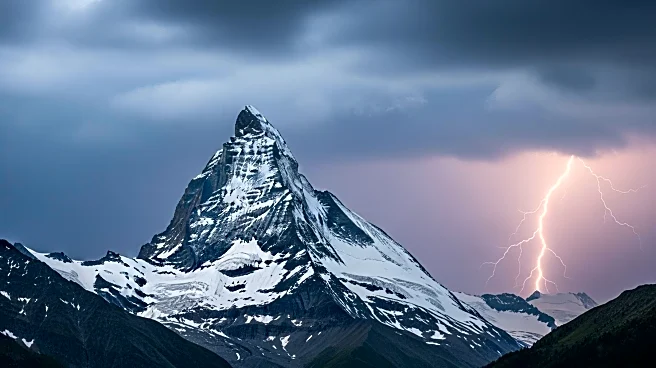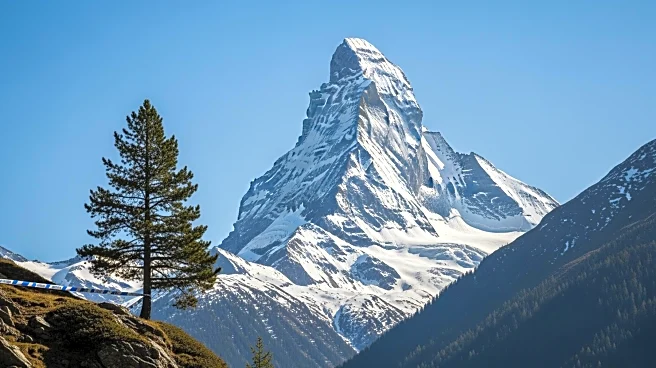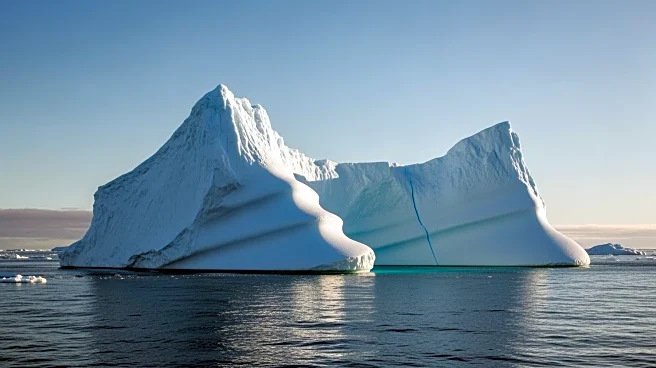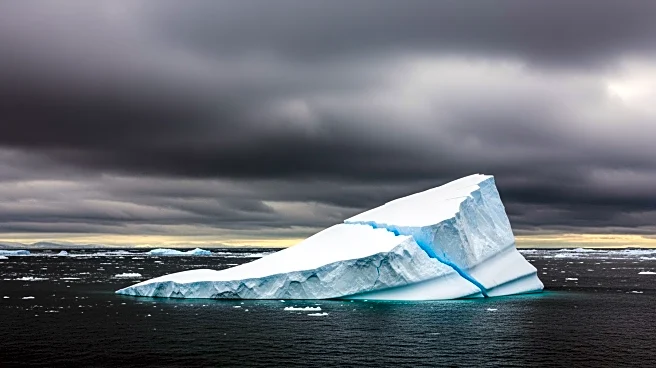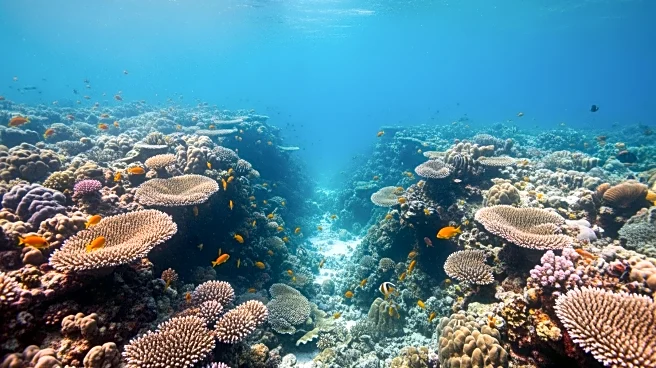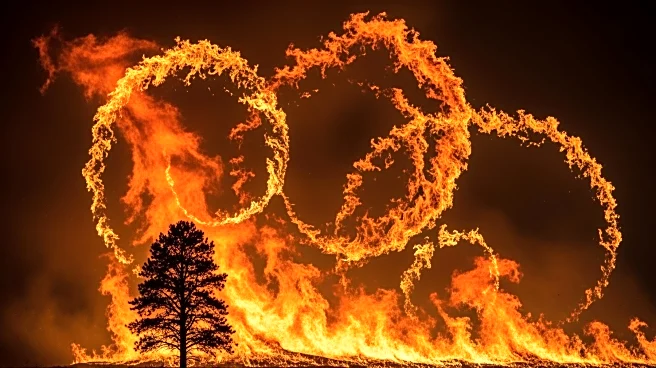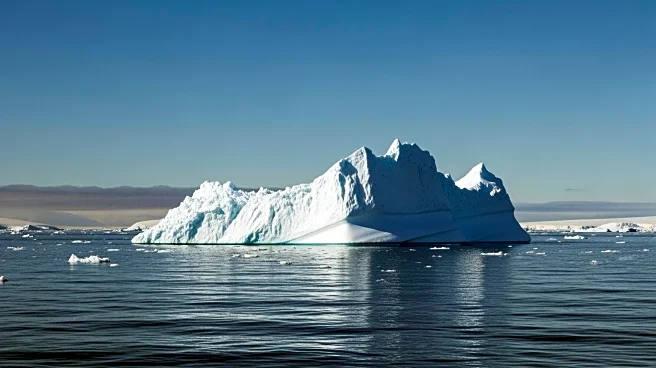What's Happening?
Researchers from the WSL Institute for Snow and Avalanche Research in Davos are studying the impacts of climate change in the Alps, where temperatures are rising twice as fast as the global average. The
study, coordinated by SLF permafrost expert Samuel Weber and glaciologist Mylène Jacquemart, reviews over 300 scientific publications and concludes that rockfalls, debris flows, and rock avalanches will become more frequent. Permafrost temperatures are rising sharply, leading to increased natural hazards. Snow depth has decreased significantly, affecting biodiversity and water temperatures in mountain rivers, which endanger water quality and ecosystems.
Why It's Important?
The rapid warming in the Alps poses significant challenges for communities and ecosystems. Increased natural hazards threaten infrastructure and safety, while changes in snow depth and river temperatures impact biodiversity and water resources. The study highlights the need for adaptation strategies to mitigate these effects and protect the region's environment and inhabitants. The findings underscore the broader implications of climate change, as similar patterns may occur in other mountainous regions worldwide.
What's Next?
The study calls for continued research and monitoring to understand the full extent of climate change impacts in the Alps. Adaptation strategies must be developed to address the increasing natural hazards and protect biodiversity. The findings emphasize the importance of international collaboration to share knowledge and develop effective solutions. The research also suggests that communities in the Alps need to prepare for ongoing changes and incorporate climate adaptation into their planning.
Beyond the Headlines
The study reveals the complex interactions between climate change and natural hazards in the Alps. The rising temperatures not only increase the frequency of rockfalls and avalanches but also affect the region's flora and fauna. The research highlights the need for a holistic approach to climate adaptation, considering both environmental and societal factors. The findings also point to the potential for similar challenges in other mountainous regions, emphasizing the global nature of climate change impacts.
